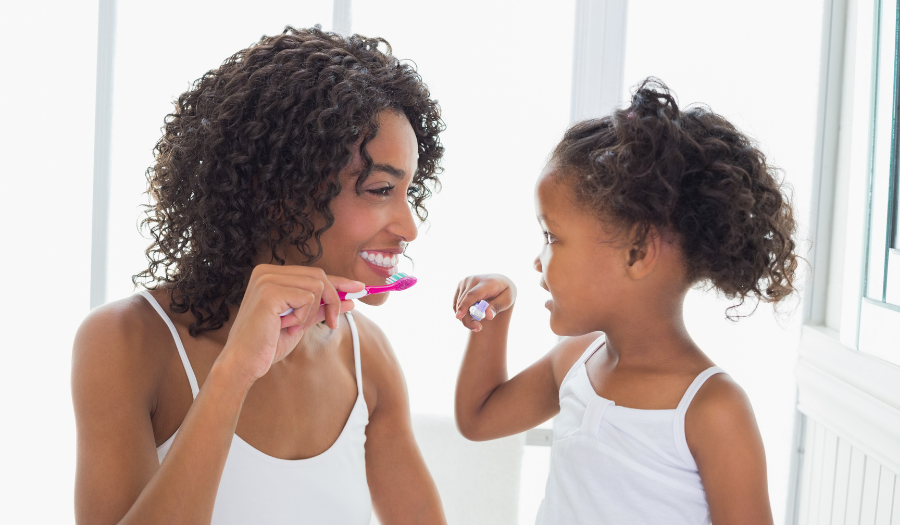
Faced with the controversy surrounding certain raw materials used in oral hygiene products, consumers are increasingly vigilant and expect a real response from brands.
Between expectations of naturalness and compliance with regulatory frameworks, our experts can help you to fully understand the challenges of naturalness in your oral hygiene product formulations.
Toothpastes can fall into several categories. Some are cosmetic products, while others are medicines.
If essential oils are used in the formulation of oral care products, IFRA recommendations must also be followed. For this type of product, refer to category 6 of the IFRA standards.
The raw materials used in oral care products, such as fluoride, chlorhexidine, triclosan and cetylpyridinium chloride, are highly controversial. These materials are incompatible with consumers' desire for natural products.
Fluoride is a trace element present in varying quantities in certain mineral waters and in traces in certain foods. Fluoride is also present in most toothpastes because it strengthens the enamel.
According to the UFSBD (French Union for Oral Health)It is widely acknowledged that fluoride products have a role to play in reducing caries, thanks to their preventive efficacy and their cost-effectiveness.
Unfortunately, excessive fluoride intake can pose risks for users: the most common risk is dental fluorosis. The development of enamel crystals is disrupted, resulting in porous enamel. If the enamel is porous, it can incorporate any element and the teeth can become discoloured. Teeth are also weakened.
| A challenge:
Fluoride, the star ingredient in both organic and traditional toothpastes, is not all it's cracked up to be. Perceived since the 1950s as essential in the fight against tooth decay, this trace element is increasingly being called into question and is the subject of debate. Even though it has been proven to be effective in protecting against cavities and harmless in small doses, fluoride has nevertheless been classified by the WHO as one of the 10 most dangerous substances in the world. |
The use of fluoride in toothpastes is fairly recent (it dates from after the Second World War), and originally had a very different role: aluminium extraction, manufacture of chemical weapons, pesticides, fungicides, etc. The laboratory that discovered its anti-caries action was closely linked to Alcoa, an industrialist specialising in aluminium extraction, which was seeking to enhance its image in order to avoid being confronted with health scandals (contamination of ground water with fluoride).
To sum up, fluoride is not toxic if we respect the recommended doses, set at 0.5mg per day for children aged 1 to 3, 0.8mg for children aged 4 to 6, 1.5mg for women / 2mg for men. If you are not predisposed to tooth decay, fluoride is not essential for a healthy mouth.(1).
Chlorhexidine is a molecule appreciated for its powerful antiseptic properties: it has bactericidal and fungicidal activity. This product can cause stains on teeth(2).
Triclosan is a preservative and antimicrobial agent in hygiene products. It is capable of passing through the skin barrier and therefore entering the body. It is a known but still tolerated endocrine disruptor.
Cetylpyridinium chloride is a quaternary ammonium antiseptic used to combat dental plaque and gingivitis. Like chlorhexidine, this product can cause stains on the teeth.
These products are all controversial in terms of both the environment and health: pollutants, endocrine disruptors, allergens, etc. They are due to be banned in the medium term and need to be replaced.
The challenge for oral care product formulators is to replace synthetic raw materials by finding natural raw materials that are just as effective. What's more, in addition to eliminating controversial substances, the overall challenge is also to bring more naturalness to these formulas.